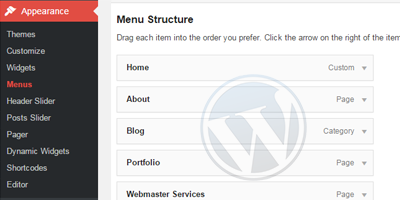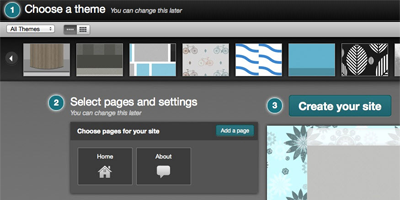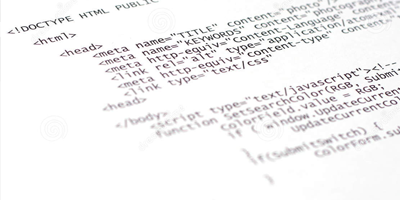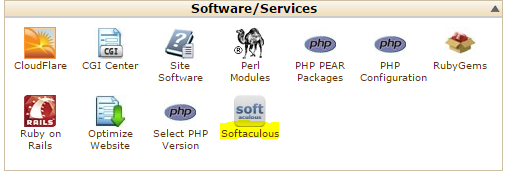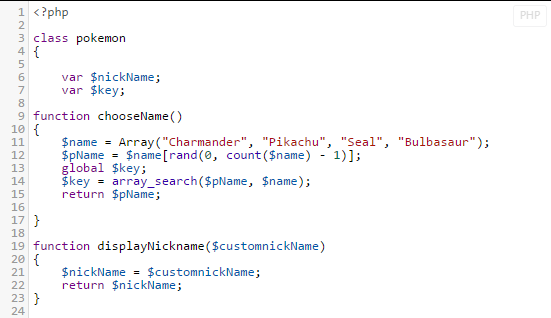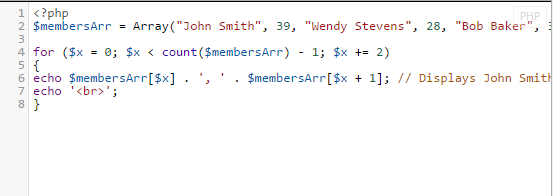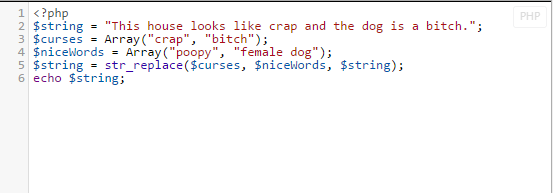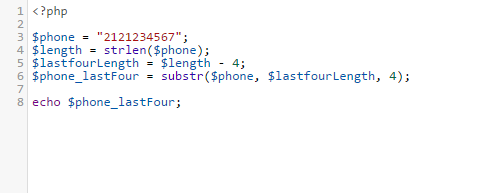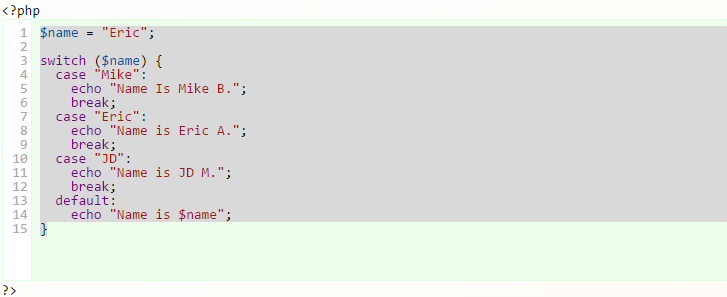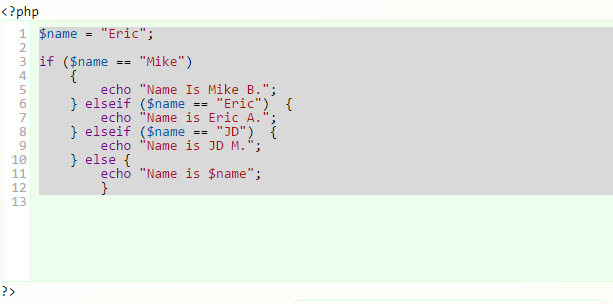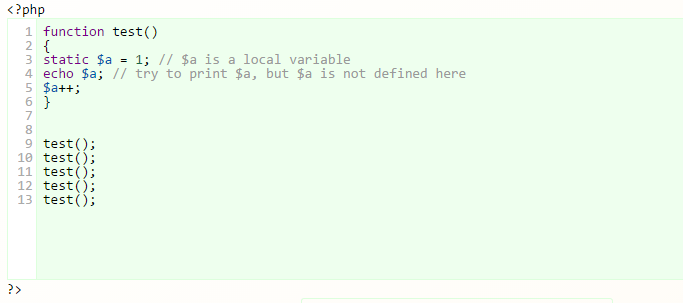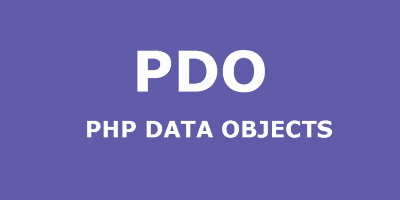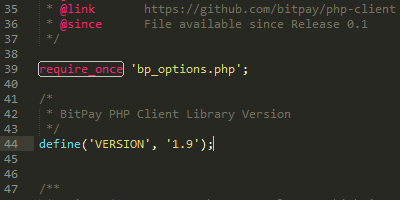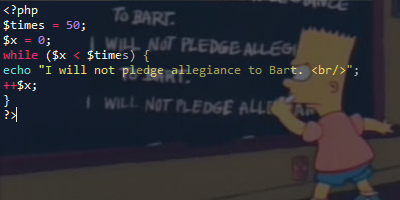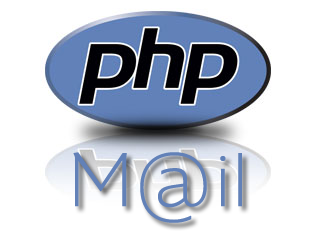WordPress Menus can seem a bit confusing at first, and after having a friend recently get totally lost trying to figure out the menus for his website – I got the idea to put together this quick tutorial. First off let’s define some terms I will be utilizing throughout this tutorial. Menus are collections of links. Menu Locations are […]
Tag Archives: tutorial
I Want A Website: Using A Website Builder
So you’ve made the decision to use a website builder for your website and now your sitting there wondering “now what”. Well now that you’ve made the decision to use a Website Builder, you need to pick one. Picking the right one for you is going to come down to what exactly you want to […]
I Want A Website: Building My Own Website
So you decided to bypass the website builder route and build your website yourself. This is definitely the harder way to go about building your website however you will learn alot more and hopefully have some fun along the way. First thing is first. Your going to need to get yourself a domain name and […]
I Want A Website: An Introduction
So the time has finally come when you’ve decided it’s time to get a website up – whether it be for your personal blog or your business you’ve made the decision to get yourself onto the world wide web. So now you’re probably sitting there wondering – What now? Do I call GoDaddy? Web.com? Wix? […]
Getting Started With WordPress: Setting Up A Fresh WordPress Install In Minutes With Softaculous
Getting Started With WordPress: Choosing WordPress.com or WordPress.org?
Currently there are over 74.6 million websites built on the Wordpress platform with over 37 million Wordpress related web searches happening each month. Clearly the popularity of the Wordpress platform …
Fixing Your Website After a base64 Attack
Website attacks are becoming more and more popular these days, and Base64 attacks are by far one of the most common. They focus on exploiting a PHP vulnerability within a website and injecting malicious, base64-encoded code. The main targets of such attacks are usually out-dated, poorly coded, or nulled plugins. With that said if you’ve […]
The Basics of PHP Classes and Objects
As you learned in previous tutorials functions provide a way for you to divide your program’s tasks into separate, smaller tasks. Classes and objects are somewhat similar in helping you to organize your program. They are used to create collections of related variables and functions, which can be used to more accurately represent real-life situations. […]
FOR and FOREACH Loops
Much like WHILE loops FOR and FOREACH loops are meant to enable the repeated execution of a section of code. However, unlike while statements, for and foreach have features built into them to update the sentinel value for every repetition. So lets go back for a moment to our original example in the WHILE loops tutorial – […]
String Manipulation – Using STRPOS and STR_REPLACE PHP Functions
So we have substr and strlen PHP functions covered now – however there is alot more PHP can do out-the-box with strings. Let’s say we are storing the users full name within our database in a single column in the following format firstName-lastName. However on our frontend we want to be able to echo out the […]
String Manipulation – Using SUBSTR & STRLEN PHP Functions
Now that we’ve covered the basics of what functions are within PHP – PHP has a wide array of functions already available for you to use to work with various strings. So let’s say that we have a variable holding a user’s telephone number and we’re asking our user to input the last 4 digits of […]
The PHP Switch Conditional Statement
The switch statement allows you to simplify our previously written if…elseif…else statement by not constantly writing out the condition to check for. So, let’s take our code: And rewrite it in the form of a switch statement. This is how it works: First we have a single expression n (a variable in our case called […]
Understanding IF / ELSE / ELSEIF Statements
The majority of the time your PHP application or script will vary depending on different conditions. These conditions can be set via the script itself, or from user interaction – regardless your PHP script needs a way to handle these different situations. This is where conditional statements in PHP are introduced. PHP has several different […]
Variables – Understanding Global, Local, & Static Variable Scope
While we have covered the basics in how to use variables within PHP there’s still a whole other side to variables we haven’t discussed yet. This includes understanding variable scope …
Issuing SQL Statements Using PHP Data Objects
This tutorial expands upon our previous PHP Data Objects tutorial, which discusses how to connect to a MySQL database, and showcases how to communicate with that MySQL database once you are connected. Depending on the type of query you want to run you’ll be issuing statements in two different ways: For example let’s say you need to […]
Connecting To A Database Using PHP Data Objects
With the release of PHP 5.5.0 the mysql_* functions have become deprecated and as such connecting to a MySQL database with PHP 5.5 and up will require the use of either PHP Data Objects (PDO) or an individual MySQL driver (MySQLi). Throughout this tutorial we will focus on utilizing PDO to connect, access, and disconnect from […]
Including Another File Within Your Script
Almost all online scripts and applications will feature a core library of variables and functions that get utilized throughout the script. For example, let’s say you’re writing a database intensive application. You could declare your MySQL details within each page of your script – however if you ever changed your password that would mean that […]
Making Life Easier with PHP While Loops
The WHILE loop is one of the most useful commands in PHP. It is also quite easy to set up and use – granted it might look a bit complicated. First off however let’s figure out just what the hell a WHILE loop is – and what we need it for. A WHILE loop will, […]
Sending Mail with PHP
Mail is extremely easy to send from PHP, unlike using scripting languages which require special setup (like CGI). There is actually just one command, mail() for sending mail. In this tutorial we will discuss how to use PHP’s mail() function. It is used as follows: mail($to,$subject,$body,$headers); In this example I have used variables as they have […]
PHP Tutorials
Looking to dive into the wonderful world of PHP & MySQL? The following tutorials should help you get started. [divider3 text=”The Basics”] Echo(); Chances are you’re familiar with the Hello World exercise by now. It’s the starting point for learning almost any programming language. PHP is no different. So let’s dive right into it. How […]
